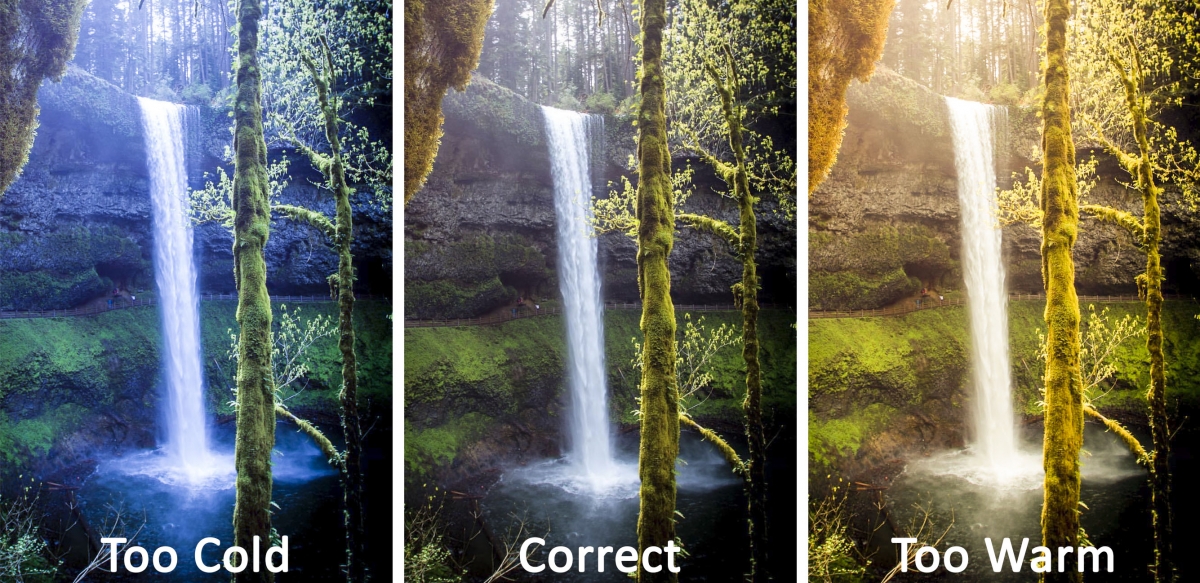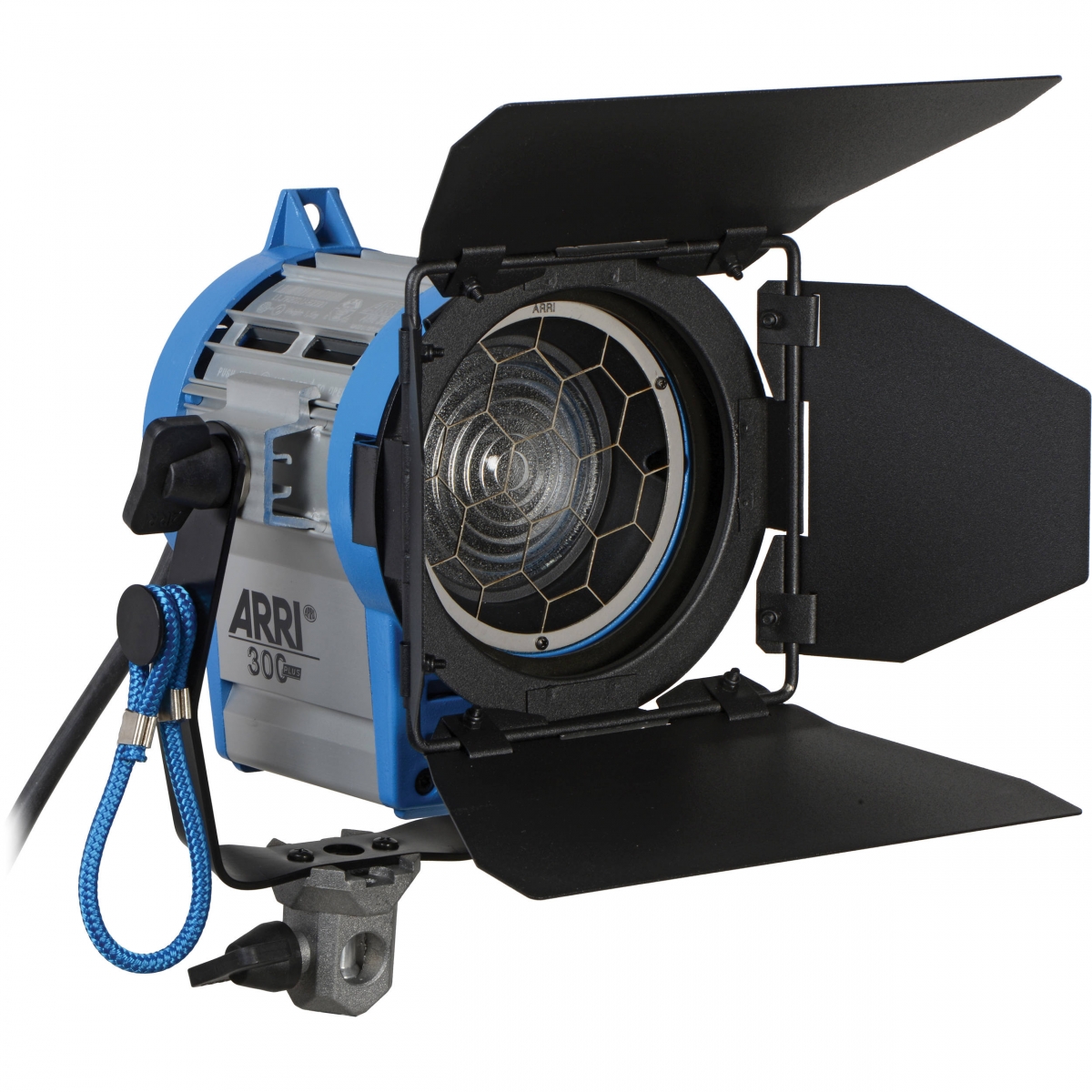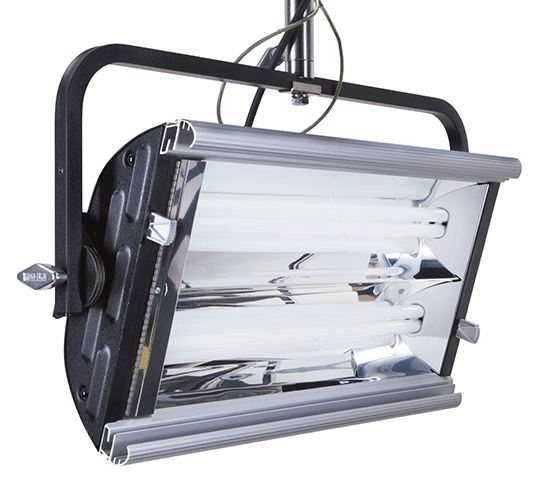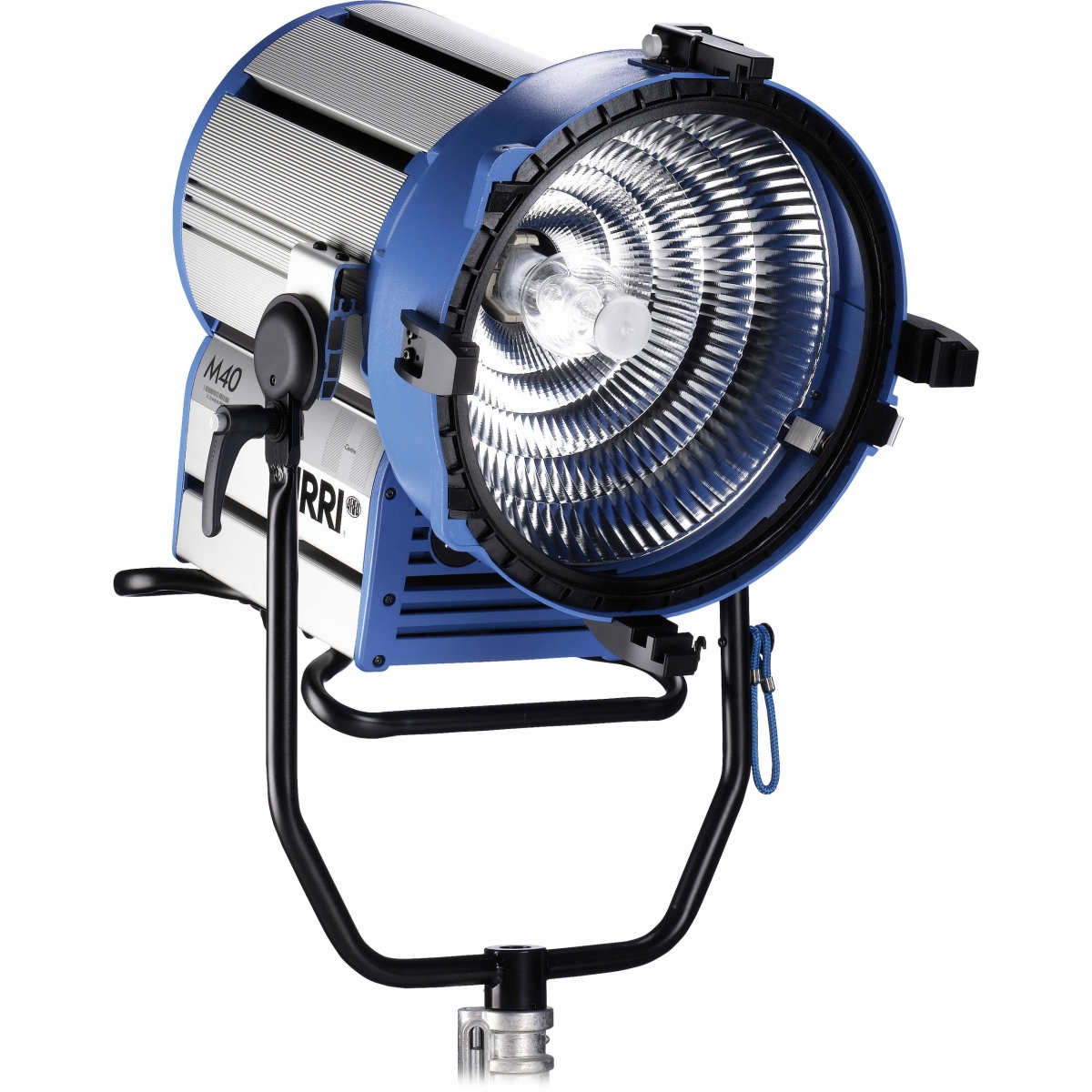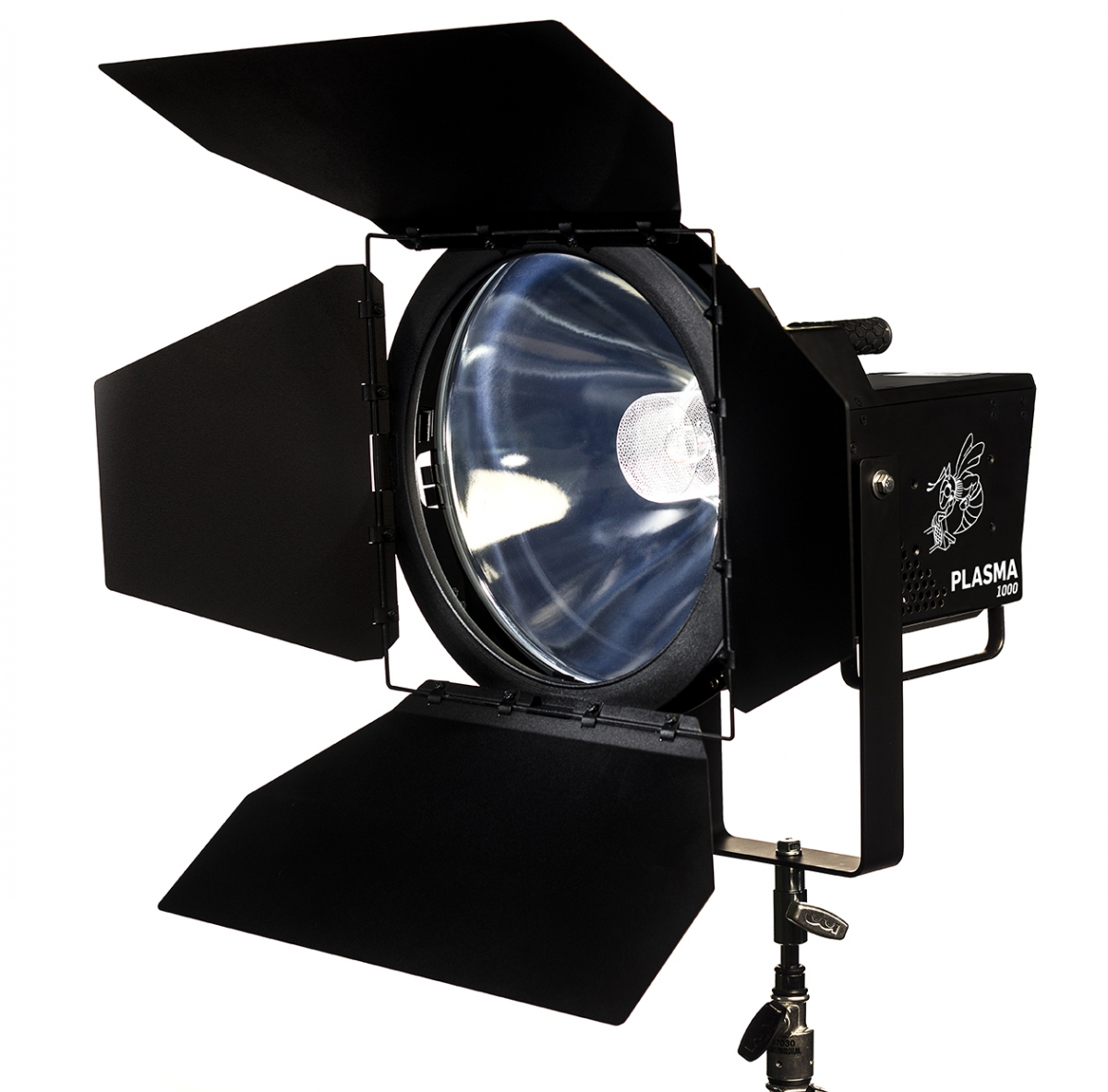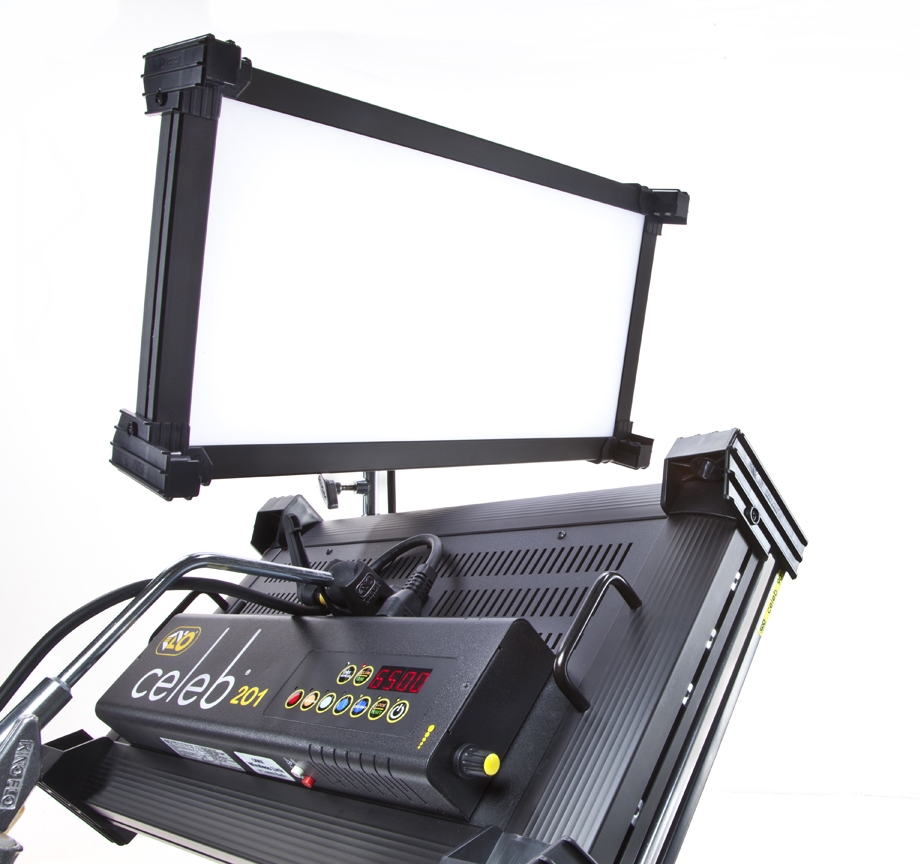Color Temperature 101 for Lighting

It’s all about the color. If we saw everything in black and white, the world would be a very boring place and without light, there is no color.
The majority of the folks reading this will understand, but just in case this is your first day in lighting, I’m going to explain it the way it was explained to me. If it was dummied down enough for ME to understand, then you will have no problem either.
Let’s start by asking, what exactly is color? Think back to when you were in your grammar school science class and talked about Sir Isaac Newton’s experiments using a prism to refract white light, separating it into all of its component colors: red, orange, yellow, green, blue, indigo, and violet. Those are all the colors of the rainbow. Everything we see, all the colors in nature, come from that natural white light.
Artificial lighting generally uses the three primary colors (red, green and blue) to make white light. While it’s not exactly the same as sunlight, it’s close enough for our eyes because the human brain can take that visual information and fill in the gaps so we perceive white light. Digital imaging devices like cameras, while quite sophisticated, are nothing like our eyes.
Visible light is just a piece of the total electromagnetic spectrum, with shorter wavelengths at the blue end of the spectrum and longer ones at the other end making reds. Wavelengths beyond these, such as ultraviolet and infrared are not visible to the human eye, but can be picked up by devices manufactured to “see” those wavelengths. For the imaging devices we use every day, we must provide a reference from which the visible spectrum can be resolved and appear natural. This is what we are doing when we white balance.
Since most light sources do not emit a pure white light. The different wavelengths in the visible spectrum of these sources, from the sun, to incandescent lamps to fluorescent lamps, to discharge lamps, to LEDs, to a flame, is what we refer to when we say “color temperature”. The color temperature of a light source is a numerical representation of the appearance of its color, expressed in degrees Kelvin. The lower the number, the further toward the red end of the spectrum, such as tungsten light at 3200K. The higher the number, the further we go toward the blue end of the spectrum, such as daylight at 5600K.
Remember when I said that our brain fills in the gaps? It is, pretty much, adjusting color temperature so we see things correctly. That’s why a piece of white paper looks very similar, whether we look at it outside in the daylight or inside under an incandescent light bulb. But, there is a big difference in color temperature between the two sources of light. A camera needs a little help. White balancing a camera with a white card reflecting a particular color temperature of light allows it to resolve images so they look close to the way we perceive it. Cameras can, in effect “guess” based on the ambient light, but it’s not always going to get it right.
So, it is up to us to help the camera correct for shifts in color. When we balance to the correct color temperature, we are basically telling the camera to take a picture under tungsten lighting, for instance, but before it’s saved, reduce the red and boost the blue, or vice versa when shooting in daylight, to produce more neutral colors.
There are numerous sources that run the full gamut of color temperatures and current camera technology will allow you to balance to them effectively. For imaging purposes, the following are the primary sources being used:
The old standard source is the incandescent/tungsten halogen lamp, which will produce warmer, more “red” light from 3000-3200K. Tungsten lighting instruments are available in sizes ranging from as little as 20 watts all the way up to 20,000 watts. Unlike what we typically see in office buildings, fluorescent lamps are now available from manufacturers like Kino Flo, Osram/Sylvania, GE, and others, which produce beautiful light for the camera. The Tru Match lamps, from Kino, are available in 2900, 3200 and 5600K.
HMI & PLASMA
The HMI is a highly efficient source of daylight-balanced light from approximately 5600 – 6,000K and are a staple of the motion picture and photographic markets. HMI’s typically range from small camera mounted units all the way up to 18,000 and 24,000 watt giants. A relatively new source is the Plasma emitter. Like HMI’s, Plasma sources have no filament. They have a tiny glass vial filled with inert gases which, when bombarded by RF, spin as such a high rate of speed, that it creates the fourth state of matter, or plasma. The result is beautiful daylight balanced light with much less heat and a much lower power requirement. Because of the incredibly high frequency of the “spinning” and the lower heat, plasma is a great choice for slow motion work. In theory, one can shoot up to 1.2 billion frames/sec without any flicker.
The most exciting development over the past few years has been the advances in LED technology. An LED fixture equivalent is now available for just about any studio or theatrical conventional fixture. LED quality, as well as popularity, has grown immensely over the past few years. LEDs use only a fraction of the power of their conventional equivalents and range from camera-top models which will run for hours on AA batteries, all the way up to a 10K equivalent daylight or tungsten color temp source which only requires 1600 watts of power. LED sources are available that will mix cool and warm elements, allowing you to dial up any color temperature you desire.
When it comes to choosing your light source, this is truly a subjective matter. Some will say that they prefer the warmer look of tungsten color lighting for skin tones. Others will say that they prefer the higher contrast they feel is the result of daylight. Just remember that color is not a property of an object, it is a perception of it. What we see is the reflection of a light source off of an object. Therefore, the colors we see are greatly dependent on the color of the light source. Think about how different your car looks in broad daylight, at dusk or dawn, or at night under a street or parking lot light. So when choosing your source, consider how you want your images to look, select a suitable color, then white balance your camera for that light in order to capture the images the way you perceive them.
 | Paul Distefano is in Systems Sales at 4Wall New York. A 32-year veteran of the broadcast and professional video industry, Paul spent 20 years designing & selling systems of all types and all levels. In 2004, he moved into TV & Film lighting systems sales for Shadowstone, where he became the Vice President of Business Development. In April of this year, 4Wall acquired Shadowstone and we inherited Paul, along with the rest of Shadowstone’s assets. |

